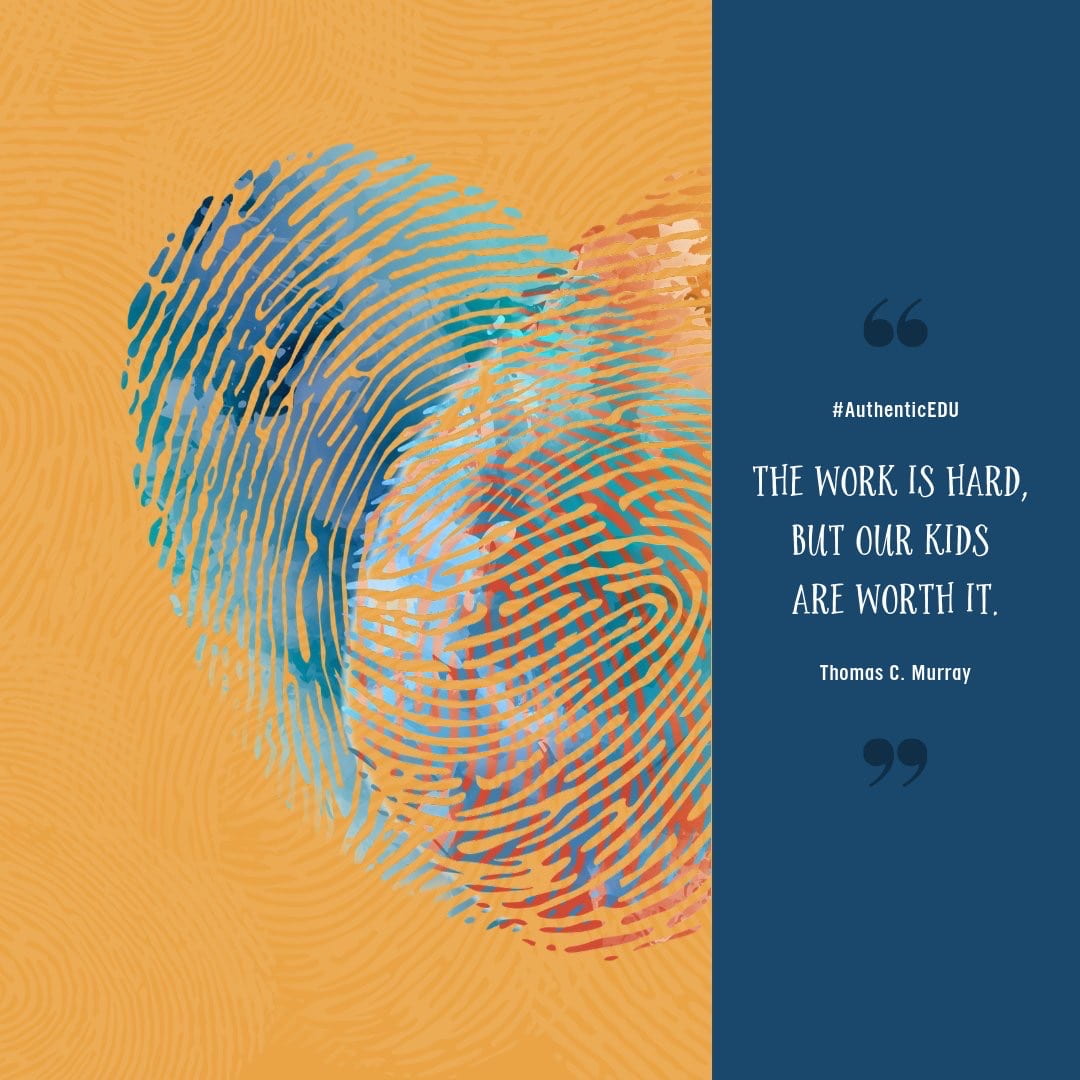THIS MONTH’S EVENTS
11/29 — Spirit Week Begins! Book Character Day
Book Fair Preview Day
Report Cards available on Parent Connect 4:00pm
11/30 — Spirit Week Crazy Sock Day
Picture Retake Day (see below) & Candid Photos in classrooms
Book Fair Preview Day
Brain Friendly Reading Trainers
Observation Langtry 9:00am
Observation Bianchi 10:00am
Observation Fraley 12:30pm
12/1 — Spirit Week Silly Hair Day
Book Fair Buying Day
Metzger at Riley all day
Observation Cross 9:15am
Parent-Teacher Conferences 5:00-7:30pm
Book Fair Open during conference times!
12/2 – Spirit Week Pajama Day
1/2 Day 11:30am Dismissal
Book Fair Buying Day
Parent-Teacher Conferences 12:45-3:15pm & 5:00-7:30pm
PBIS Team Meeting 3:30pm (??)
Book Fair Open during conference times!
12/3 — Spirit Week Bennie Blue Day
Coffee & Conversations with Mike D. in Media Center all day
Bennie Gives Back Event 6:30 pm
12/6 — Monday Morning Moments 8:00am in Media Center
12/7 — Brain Friendly Reading Trainers
12/8-12/10- Metzger to MEMSPA Conference
12/8 — Staff Meeting CANCELLED
12/9 — PTA Meeting 6:30 pm
12/10 — December ACE Awards
12/13 — Monday Morning Moments 8:00am Media Center
PBIS District Leadership Team Meeting 1:30pm
12/14 — Brain Friendly Reading Trainers
12/15 — 1:1 Data Meetings on Preps
12/16 — MTSS/Data Team & School Improvement Meeting 7:45am
12/17 — Last school day of 2021!
12/18-1/2/2022 — NO SCHOOL WINTER BREAK
1/3/2022 — Back to School!

BENNIE ELEMENTARY SCHOOL MISSION STATEMENT
The Bennie School community teaches respect, responsibility, safety, and kindness to develop lifelong learners.
BENNIE ELEMENTARY SCHOOL VISION STATEMENT
Bennie Elementary School is a collaborative learning community where staff and families encourage students to achieve at their highest potential. Students will approach challenges with perseverance and stamina. Academic, social, and emotional growth will be fostered in a safe, supportive, and positive environment through a multi-tiered system of supports. A professional, driven staff with a passion for learning will model the values of kindness, perseverance, and motivation to develop lifelong learners and flexible problem-solvers who are ready to contribute to a global society. All members of the Bennie Elementary School community are committed to continuous improvement.

1:1 DATA DIALOGUES
Great conversations and planning occurred last month during 1:1 data meetings. Thank you for committing to provide our “bubble” students with additional support to help them develop or strengthen critical skills.
- Ensure Progress Monitoring is done and documented weekly
- Have a backup plan for students to work with in the case of absentees
- Group size 3-4 is optimal — 5-10 mins of intense, targeted work, depending on age
Although COVID interferred with our November data meetings, I am confident that you have reviewed your student data and made a plan for the next 3 weeks. I will be connecting with you this week to see if you need any assistance with your plan.
Our next meeting date will be Wednesday, December 15 during prep times.

SCHOOL IMPROVEMENT STRATEGIES
- Engagement Strategies — Cold Calling (pick sticks); No Opt Out; Wait Time
- Vocabulary – weekly by grade level
- Brain Friendly Reading: whole class chart tapping and individual targeted practice
- IXL for grades 3-5
- Integration of these strategies into all special classes where possible
Making Room
-
- Take a close, honest look at your schedule
- Where can you capitalize on independent work time to work with a small group?
PBIS TEAM UPDATE
- Remind students to write Kindness coupons and inspire more. Make sure to turn them in to Mrs. Metzger mailbox on your day
-
Monday – Young 5’s/KindergartenTuesday – 1st Grade and 2nd GradeWednesday – 3rd GradeThursday – 4th GradeFriday – 5th Grade
-
- Keep passing out the Bobcat bucks and have students use their own classroom pawmarts.

OBSERVATIONS & WALKTHROUGHS
Formal observations for non-tenured teachers have been scheduled, and walkthroughs will be finishing up this month. Remember, the three basic elements that must be observed in order for an observation to “count” are lesson plans available, state standards reviewed or discussed during lesson, and student engagement. Remember our Teach Like a Champion School Improvement strategies: turn and talk, cold calling, no opt out, wait time. Please let me know if you need additional suggestions!

FALL PICTURE UPDATES
Retake Day is coming on Tuesday November 30. You can order retakes online at this website: https://inter-state.com/FlyerEntry/62133V
Students who were not photographed on the original picture day will be photographed on Retake Day. For those students who would like to get their picture retaken and already bought a package, they MUST bring their package down to the cameras for an even exchange.
On retake day, our photographers will also be taking candid photos in every classroom.
PTA NEWS
MEMBERSHIP CONTEST
Mrs. Rader’s class was the class with the most members, and earned a popcorn treat and $75 from the Book Fair to spend on books for their classroom! Even if you have not already done so, please consider joining the Bennie PTA! They support our school with so many great programs and activities throughout the year. Your $7 membership is not a commitment to anything except your support of our awesome PTA. You can join at the following link, or if you need a paper membership form, please contact our office or your child’s teacher! https://bennie.memberhub.com/store
FOUNDER’S DAY
Nominations for outstanding educator, support personnel, program, business partner, student, distinguished service, PTA council member and Michigan Life Member are being accepted at all schools. Nominations are due November 29th. The nomination forms and directions are available on our website: https://sites.google.com/site/apptacouncil/founders-day. Anyone can make a nomination! Contact: Sue Clark (shoeft@gmail.com).
Link directly to nomination forms: https://drive.google.com/drive/folders/1BHSNZqQbL52tWMXTQdD86bWoEoGHSu_E?usp=sharing
BOOK FAIR
The Book Fair is back! Our PTA will be sponsoring the Book Fair the week of November 29-December 3. Students may shop during their class’s time during the school day, and the Book Fair will be open during Conferences on December 1-2 for families to come shop together! Stay tuned for flyers coming next week! Volunteers are needed for the Book Fair — check out the info on the Book Fair site: https://www.scholastic.com/bf/benniefall20
SPIRIT WEEK
Check out the themes for Spirit Week, coming up the week of November 29-December 3!
REFLECTIONS
The theme for the annual art recognition program for students is “I will change the world by . . .”. Students are invited to create a work of art related to this theme and submit it by December 1. Instructions and the application form can be found on our website. https://sites.google.com/site/apptacouncil/reflections Students who participate will be recognized at an evening reception with their families on January 5th at APCA. Contact: Kelley Hunter-Carey (ckcarey78@yahoo.com)
BENNIE GIVES BACK
This annual event is a fun time to get together with families and friends and give back to our community. Check out the flyer above for information on this special evening coming up on December 3 at 6:30 pm.
WINTER GEAR GUIDELINES
Our hope is that we can get students out into the fresh air at recess time as often as possible this winter. We will try to get students out for recess either on the playground or for a walk around the grounds whenever the wind chill is above 20 degrees. In order to do this, we need to ensure that students are dressed appropriately for the weather. If you need help providing a warm coat, hat, or gloves for your child, please contact me. We are happy to help.

BENNIE ELEMENTARY FACEBOOK
Have you seen our Bennie Elementary School Facebook page? “LIKE” us to see lots of great updates and photos from school! This format is much easier to share photos in real time, so the blog photo gallery will now be coming to you in the form of Facebook posts! Thank you for promoting this social media platform as a positive way to share the good news and great things happening at Bennie!
HERE IS THE LINK! https://www.facebook.com/Bennie-Elementary-School-121435015915969

SOMETHING TO THINK ABOUT
Thank you to Christine Kendall from APMS for sharing this video. It’s a thought-provoking reminder about acting with empathy.
INTERESTING ARTICLE ABOUT MATH FACT FLUENCY
Better Ways for Elementary Students to Learn Their Math Facts
“Long-standing methods for teaching basic facts have not been effective for far too many students,” say Gina Kling (Western Michigan University) and Jennifer Bay-Williams (University of Louisville) in this article in Mathematics Teacher: Learning & Teaching PK-12. How can elementary students master essential facts – often seen as drudgery – in ways that emphasize curiosity, flexibility, and wonder? Kling and Bay-Williams list eight ineffective practices, and for each, suggest a better approach:
- Unproductive method #1 – Relying on memory tricks – for example, teaching students to use finger patterns to recall their 9s facts. “When basic facts are learned through tricks or rote practice and memorization,” say the authors, “students do not develop flexibility or efficiency; hence, they do not develop basic fact fluency.” Instead, students should learn reasoning strategies – for example, solving 9 x 7 by multiplying 7 by 10 and subtracting 7.
- Unproductive method #2 – Just telling a strategy – for example, with 8 + 7, take 2 from the 7 and give it to the 8 to make 10, then add the leftover 5 to get 15. “You cannot simply tell a student to understand,” say Kling and Bay-Williams. “Students need time and experiences to see number relationships and develop understanding, exploring representations and connecting them to abstract reasoning.” Teachers need to be explicit about how strategies work and then use visuals and other methods so students are the ones discovering and explaining to each other how strategies work and why they work.
- Unproductive method #3 – Teaching facts in order of addend or factor size – for example, using a mastery chart with columns from zero to 10. “The traditional order treats facts as isolated objects,” say Kling and Bay-Williams, “does not build on students’ strengths and prior knowledge, and can result in lower achievement.” A better approach to multiplication facts is to start with fact groups that are most familiar to students (2s and 10s), then move to 5s, then introduce squares and near squares, then address the toughest facts (like 7 x 8 and 6 x 7).
- Unproductive method #4 – Using different approaches in different grades – for example, a first-grade teacher implements one strategy, a third-grade teacher another. “This approach does not work!” say Kling and Bay-Williams. By the time students reach fifth grade, many are still using tally marks or finger tricks to recall basic facts. Instead, teachers need to come up with a K-5 plan, with automaticity goals for each grade level and backwards planning to get there – for example, if multiplication facts are a third-grade goal, second graders need to work on basic multiplication word problems.
- Unproductive method #5 – Teaching only the think-addition strategy for subtraction facts – for example, 15 – 9 = ? is changed to 9 + ? = 15 and the teacher asks students to recall the addition fact. “There is no question that the inverse relationship between addition and subtraction is a powerful tool to use when developing computational fluency,” say Kling and Bay-Williams. But teachers should go beyond this approach. With the example above, students could use compensation, break apart the subtrahend to go down under 10, or break apart the minuend and subtract from 10.
- Unproductive method #6 – Using single-fact practice – for example, a memorization sheet or flash cards that focus only on multiplying by 6. This kind of drill is boring and distasteful, and students get the message that memorization of isolated facts is the goal, versus developing, discussing, and applying strategies. Instead, students should integrate fact practice with games and interactive activities with classmates and family members.
- Unproductive method #7 – Emphasizing speed – for example, conducting a board race with rewards for quick recall. “Fluency does not equal speed,” say Kling and Bay-Williams. Emphasizing quick recall “has a tendency to drive fluency development in the opposite direction.” Instead, teachers should reduce stress and introduce fun with games like Go Fish, with students taking turns as they solve different problems.
- Unproductive method #8 – Using timed tests – for example, asking third graders to solve 100 multiplication problems in three minutes. This practice “must be eradicated,” say Kling and Bay-Williams, for three reasons: (a) high-pressure timed tests don’t assess students’ ability to think flexibly and strategically; (b) they don’t provide a good measure of efficiency and accuracy; and (c) students’ anxiety in such tests leads some to underperform. “A growing body of research,” say the authors, “suggests that mathematics anxiety starts as early as first grade and can have permanent impacts, including mathematics avoidance in adults.” A better way to check fact fluency is through observations, interviews, writing samples, strategy sorts, and self-assessments. Interviews can be especially effective – for example, asking a student what is 8 x 7, inquiring how they figured it out, and noting if they got the answer within three seconds, which is considered the threshold of automaticity.
“Eight Unproductive Practices in Developing Fact Fluency” by Gina Kling and Jennifer Bay-Williams in Mathematics Teacher: Learning & Teaching PK-12, November 2021 (Vol. 114, #11, pp. 830-838); the authors can be reached at gina.garza-kling@wmich.edu and j.baywilliams@Louisville.edu.
GREAT ARTICLE FOR MANY DIFFERENT TYPES OF CONVERSATIONS
(Especially as conferences approach)
|
|||||||||||||||||
|
|
|||||||||||||||||
|

GRATITUDE
|
|
|










Interesting article on math fact fluency! We need a K-5 plan of action for this!